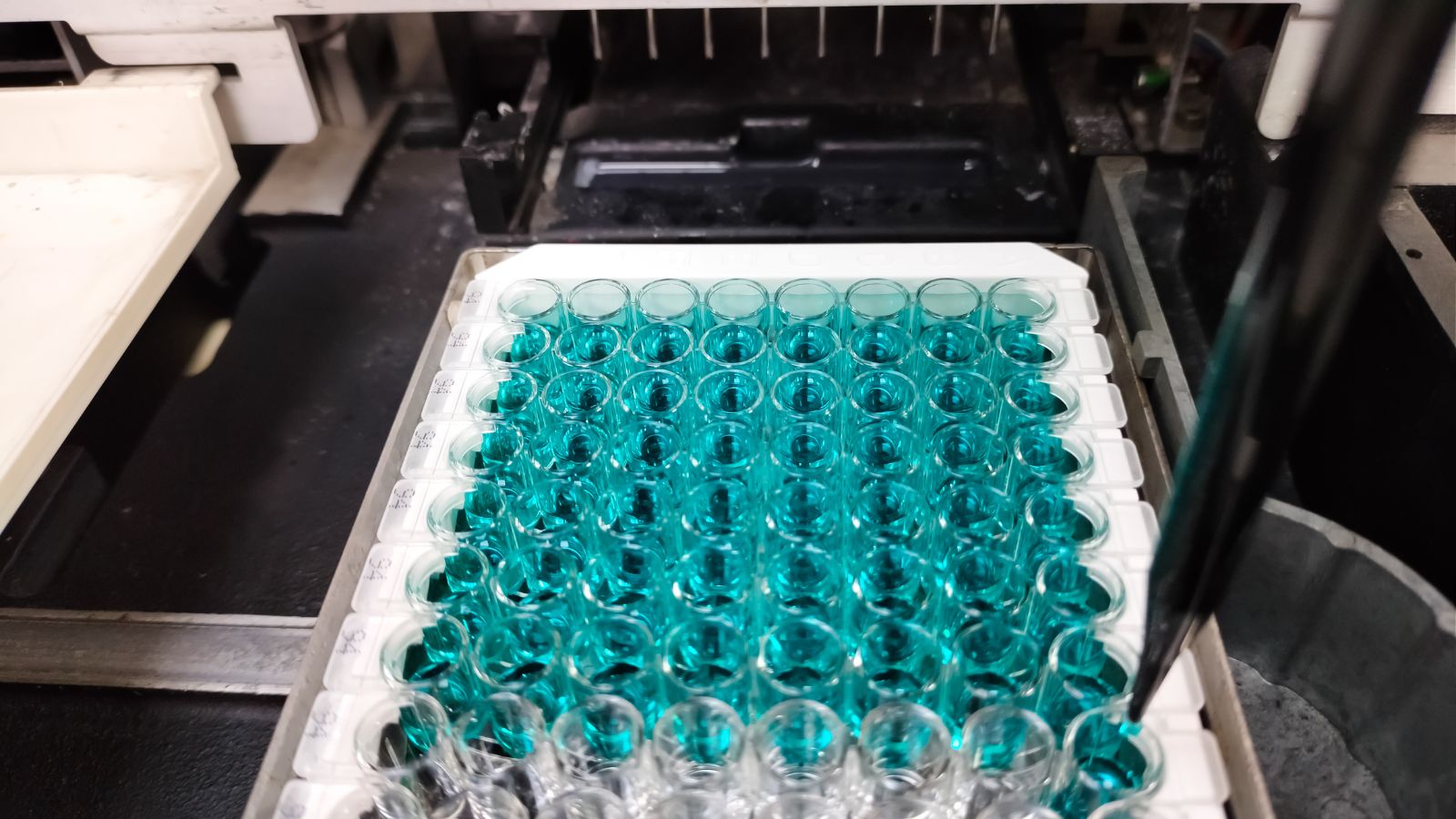
Feeling overwhelmed by all the diagnostic testing options out there? Not sure whether ELISA, CLIA, or lateral flow is right for your lab?
Immunoassay tests have become the backbone of modern diagnostics — from detecting viruses and hormones to tracking tumor markers and drug levels. But with so many testing methods and analyzer systems on the market, how do you know which is best suited for your clinical needs?
In this expert guide, we'll help you understand:
Immunoassay tests are analytical methods that detect and quantify specific biomolecules — such as hormones, proteins, or pathogens — by exploiting the high specificity of antigen–antibody interactions. These tests form the backbone of modern diagnostic medicine, enabling early disease detection, precise monitoring of health markers, and targeted therapeutic decisions.
From point-of-care testing to high-throughput lab diagnostics, immunoassays are implemented across various platforms including ELISA Analyzers, CLIA Systems, and lateral flow rapid test devices.
At the core of every immunoassay is the principle of antibody-antigen binding. When a target analyte is present in the sample, it binds to a specific antibody or antigen that is pre-coated on a testing surface. This binding event is then detected using a signal-generating system such as:
The signal intensity correlates with the amount of analyte present, allowing quantitative or qualitative assessment.
Different immunoassay formats offer unique advantages depending on sensitivity, speed, and resource availability. Below are the most widely used types:
ELISA is a versatile method that uses enzyme-substrate reactions to produce a colorimetric signal. It is widely used in diagnostic kits for infections, autoimmunity, and allergy screening. Laboratories commonly rely on automated ELISA Workstations to improve throughput and standardization.
CLIA enhances detection sensitivity by using light-emitting chemical reactions. It is ideal for high-volume laboratories that require automation, speed, and broad test panels. Fully automated CLIA analyzers can process hundreds of samples per hour with minimal manual intervention.
LFIA, commonly seen in pregnancy tests and COVID-19 antigen kits, provides rapid results with minimal equipment. These tests are often used in point-of-care and home settings, offering a qualitative yes/no readout.
Although largely replaced by non-radioactive methods, RIA remains useful for certain ultra-sensitive applications in endocrinology. However, handling and disposal of radioactive materials require strict regulation.
These advanced systems allow simultaneous detection of multiple biomarkers in a single sample. They are particularly valuable in oncology research, vaccine development, and chronic disease monitoring.

Immunoassay technology underpins a wide range of diagnostic and monitoring applications:
Many of these applications require precise, reproducible results — which is why labs increasingly rely on integrated platforms like AutoLumo S900 to standardize their workflow.
| Advantages | Limitations |
|---|---|
| High sensitivity and specificity | Potential for cross-reactivity or interference |
| Applicable to a broad range of analytes | Requires validation for new test panels |
| Scalable from manual to fully automated systems | Initial investment in equipment may be high |
| Available in rapid, semi-quantitative, and fully quantitative formats | Some techniques (e.g. RIA) involve hazardous materials |
Selecting the appropriate immunoassay format depends on your laboratory's goals, volume, and analyte of interest. Consider the following:
Browse our selection of Immunoassay Analyzers to match your testing requirements.
Immunoassays are often compared with molecular and biochemical diagnostic methods:
For many clinical laboratories, immunoassays offer the optimal balance between accuracy, speed, and cost.
Are immunoassay tests quantitative or qualitative?
It depends on the method. ELISA and CLIA are typically quantitative or semi-quantitative, while LFIA is generally qualitative or binary (e.g., positive/negative).
What is the difference between ELISA and CLIA?
ELISA uses enzyme-catalyzed color reactions, whereas CLIA uses chemiluminescent signals. CLIA usually offers higher sensitivity and is more automation-friendly.
How accurate are immunoassay tests?
When performed with validated reagents and equipment, immunoassays can achieve sensitivity and specificity above 95%. Automated analyzers reduce manual error and improve reproducibility.
Is CLIA suitable for small labs?
Yes — compact CLIA analyzers are now available for mid- and small-volume labs, offering high performance without requiring large-scale infrastructure. See compact CLIA solutions →
Immunoassay tests represent one of the most powerful tools in modern diagnostics — capable of detecting disease markers with exceptional precision. Whether you're diagnosing infectious diseases, monitoring hormone levels, or validating therapeutic outcomes, choosing the right immunoassay method directly impacts accuracy, efficiency, and clinical value.
As diagnostic demands grow, laboratories and research centers are moving toward platforms that offer automation, speed, and scalability. Systems based on CLIA technology—such as our automated CLIA analyzers —deliver the sensitivity and throughput needed for modern diagnostic workflows.
We invite you to explore our full range of Immunoassay Testing Solutions to find a system that fits your clinical, research, or manufacturing environment.